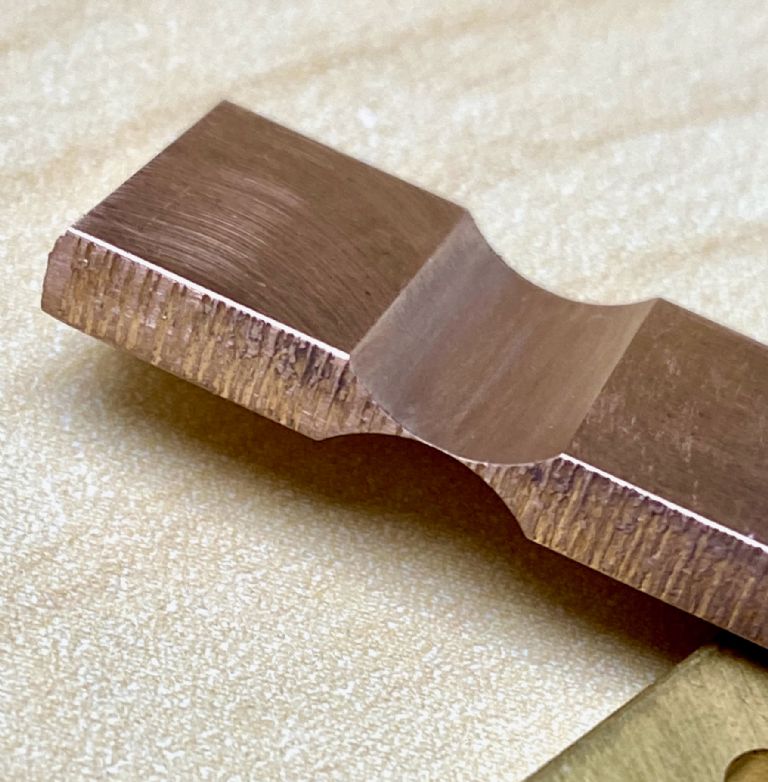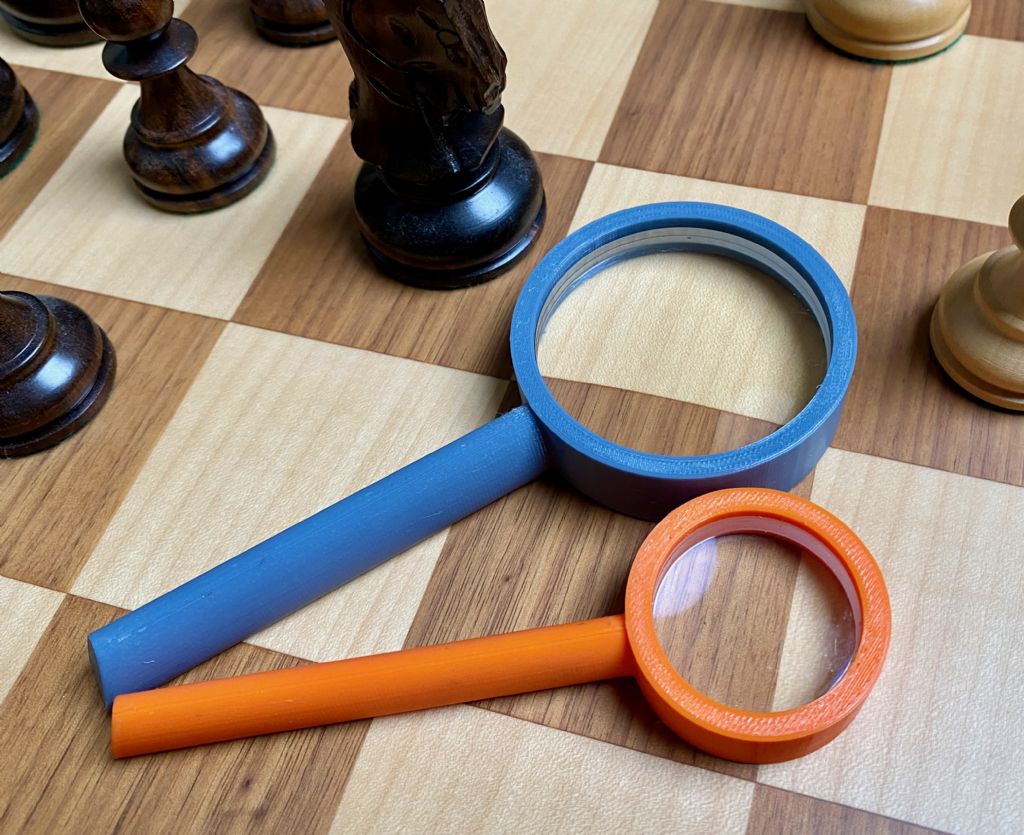Diatoms are fascinating!
I'm trying to decide on a next project. I could make a Mk II version of this, or else maybe a compound microscope.
As with my previous gravity pendulum project, I have an interest in replicating classic scientific experiments. A few ideas might include be the Millikan oil drop experiment or Young's double-slit experiment.
There's an interesting variation of the double-slit experiment called a Mach-Zehnder interferometer. Instead of using two slits, photons are split across two paths by a half-mirror. It's important to not fall into the presumption that individual photons are traveling through one path or the other. In fact, they are traveling through both paths simultaneously in a "superposition" of the two paths, even though the two paths may be very far apart.
Other mirrors are then used to redirect the two paths back together, where they encounter another half-mirror. If light was considered to be particles, you should see half the light exiting the second half-mirror one way, and half the other. But if the photons are waves, interference between the single photon traveling in superposition down the two paths should occur. If set up right, a detector at one exit of the second half-mirror should show all photons exiting with probability 1 (due to constructive interference), while the other should show none (due to destructive interference). Indeed, that is what is seen.
But what if you destroyed the superposition of two paths by blocking one path (equivalent to blocking one slit in the double-slit experiment)? Then, there is only one path left, and hence no possibility of interference anymore. Both exits of the second half-mirror should now show photons exiting, with probability 1/2 for both. This experiment thus demonstrates the wave/particle duality in the same way as the double-slit experiment, but by using two discrete paths rather than a field of paths.
The next step is called the "quantum eraser" experiment. In this, you can apparently measure the path that a photon takes, thereby destroying its ability to interfere with itself, but then erase the measurement and allow it to interfere with itself again. This experiment is difficult for an amateur to do (properly, though a simpler version is more accessible) since it requires entanglement, not just spatial superposition. It's normally done via a special "down-conversion" crystal – one that produces two entangled photons of lower wavelength from one input photon. These crystals are available, but are quite expensive. Particularly sensitive and expensive avalanche photodetectors, etc., would also be needed, since you want to detect individual photons and not just "light."
The step after that is the "delayed choice quantum eraser" experiment. In this, you attempt to change the apparatus after a photon is already traveling through it (such as if you measure a state or block a path, etc.). The photon must then – seemingly, but not really – go back in time to change its state or path in response. This experiment is endlessly debated by youtubers and authors who are into woo-woo physics. Unfortunately, because light travels so fast, this experiment is extremely difficult to do.
Any other ideas?
Edited By S K on 07/06/2023 16:30:30
S K.






